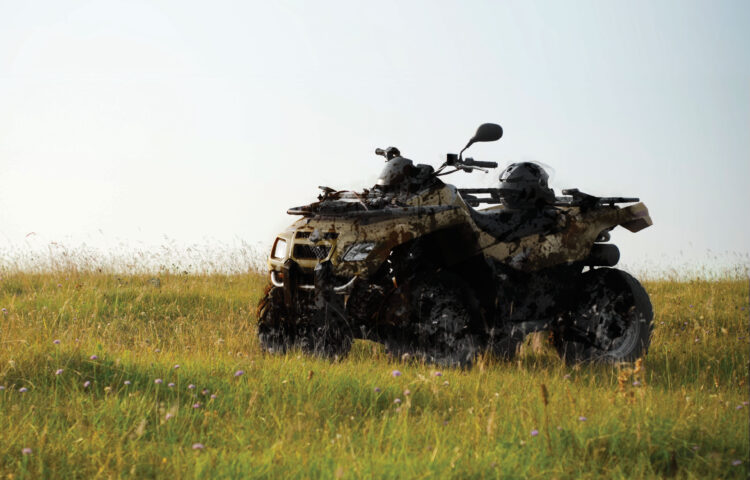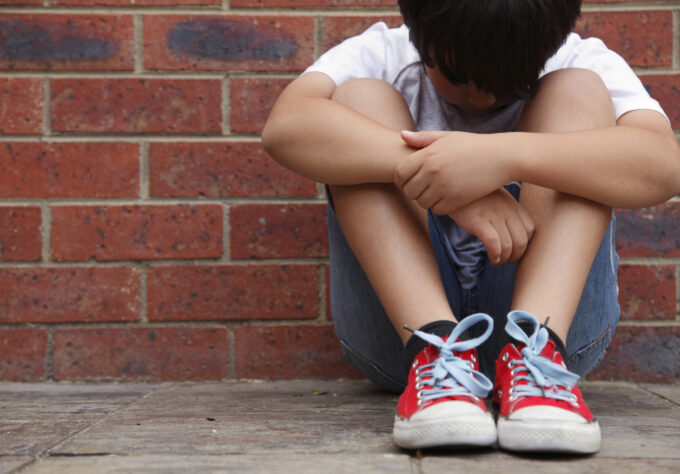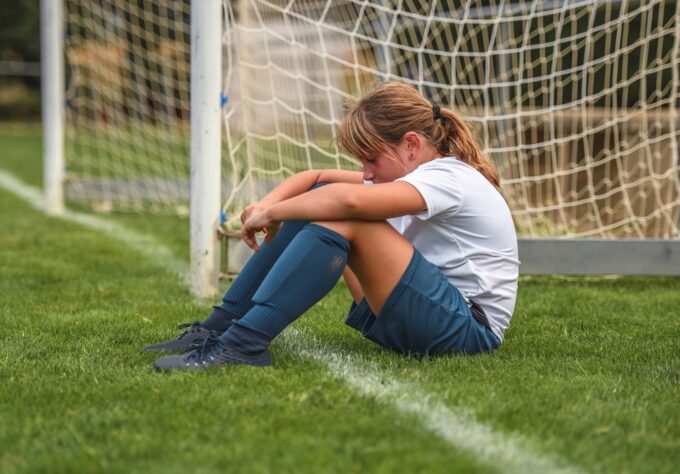This article was written by Nemours Health & Prevention Services Intern Juliana Russo.
All-terrain vehicles (ATVs) are NOT toys. Inez Tenenbaum, Chairman of the Consumer Product Safety Commission, stated that “every year 700 people die and 136,000 go to the emergency room because of ATV related injuries.” She also says, “ATVs are the fifth deadliest product that we oversee.”
Nemours Children’s Health System supports the American Academy of Pediatrics policy statement, which strongly recommends that children under the age of 16 not ride ATVs.
But, if you do allow your children to ride, we urge you to understand the risks:
- ATVs can weigh up to 850 pounds
- ATVs have a high center of gravity so they have a higher chance of flipping over
- Most ATVs can sustain high speeds over 60 mph, risking a child’s loss of control of the vehicle
- There are no seat belts, roll bars, air bags or safety cages to protect your child
- The risk of injury is higher for children and adolescents because their cognitive judgment, physical strength and motor skills to properly operate a heavy duty vehicle are still developing
Knowing this information, it is up to YOU to evaluate your child’s readiness and capabilities to ride an ATV.
Here are some do’s and don’ts of ATV riding.
ATV DOs…
- DO participate in an ATV safety training course.
- These courses are designed to properly train individuals on how to safely ride an ATV in any circumstance. The ATV Safety Institute offers a hands-on, half-day course taught by licensed instructors. There are classes for different age levels: adults (16+), teens (12-15), youth (6-11) and families with kids (families with children 6+). For children under 12, parents are required to be present during the entire course and for teens it is recommended that parents be present.
- ATVs are different than motorcycles and other motorized vehicles so they require different, more complex training. For these training courses, you would bring your ATV and owner’s manual along with you for proper demonstration of how to operate the vehicle.
- The goal is for riders – young and old – to learn everything they need to know about the vehicle, how to operate it, and how to stay safe before and during the ride.
- Classes are held at DelDOT’s Danner Campus in Dover in the spring and fall. Register online or call 1-800-887-2887 to learn more.
- DO wear a safety helmet and other protective gear to prevent injuries.
- Helmets that fit appropriately for the child must meet the U.S. Department of Transportation standards for ATV riding. Wearing a helmet is the law for ATV operators under age 18 in Delaware.
- It is also recommended to wear proper clothing and safety equipment. This includes eye protection goggles, boots, gloves, long pants, and a long-sleeved shirt or jacket. Chest protectors are recommended as well. Cuts, scrapes, and even burns from the heat of the ATV are more likely to happen when you expose your skin. Cover up and prevent those injuries!
- DO follow the manufacturer’s minimum age recommendation for an ATV.
- There are smaller ATV models created for children with slower speeds to lessen the risk of losing control of the vehicle. The age and weight limits should be labeled on a sticker on the ATV. When it comes to ATVs, one size does not fit all. Please do not let your child ride an adult ATV.
- DO supervise a child operating an ATV at all times.
- Injuries do happen. As a matter of fact, between 2001 and 2011, 33% of ATV-related emergency-room visits were among children younger than 16. To ensure safety, keep an eye on them to make sure they are following the rules and regulations.
- DO know basic first aid training.
- In case of an accident, it is essential to know how to treat minor injuries and if and when to call for help.
ATV DON’Ts…
- DON’T be or carry a passenger on an ATV that was not designed for it, especially if under the age of 18.
- As of July 2015, new state regulations prohibit ATV drivers under 18 from carrying passengers and anybody under the age of 18 being a passenger, unless the driver is above the age of 18 and the ATV model permits. In the U.S., of the 2,454 ATV-related fatalities from 2005 to 2007, 536 were related to having passenger(s) on an ATV.
- DON’T drive an ATV during the nighttime or on uneven terrain.
- Because ATVs are meant for unpaved roads, in the dark it may be hard to see uneven terrain or anything else for that matter. This could be very dangerous as riders can crash and get injured or roll the ATV over if they drive into a ditch.
- DON’T operate an ATV under the influence of drugs or alcohol.
- As with any vehicle, you should never operate an ATV under the influence of drugs or alcohol. Drugs and alcohol interfere with senses, perception, motor control and impair judgment. All of these are needed to safely operate a motor vehicle. On an off-road vehicle, you need to be even more aware of your surroundings and be able to make quick, smart decisions.
- DON’T let your children ride an ATV unsupervised.
- Restrict all access to ATVs unless there is supervision by a parent or another person aged 18 or older. Keep the keys locked away and out of reach. Make sure your child has a riding buddy as well. This riding buddy should be on his or her own ATV, not as a passenger on your child’s vehicle. It is never a good idea to participate in a dangerous sport alone, just in case a life-threatening accident happens.
- DON’T drive at high speeds on the ATV.
- Driving at high speeds on an ATV can be very dangerous. If your child loses control of the vehicle injuries can and most likely will happen. Make sure your child slows down, especially on turns.
Although these vehicles are dangerous, with the above precautions, many injuries can be prevented. These safety tips have the power to save your child’s life.



